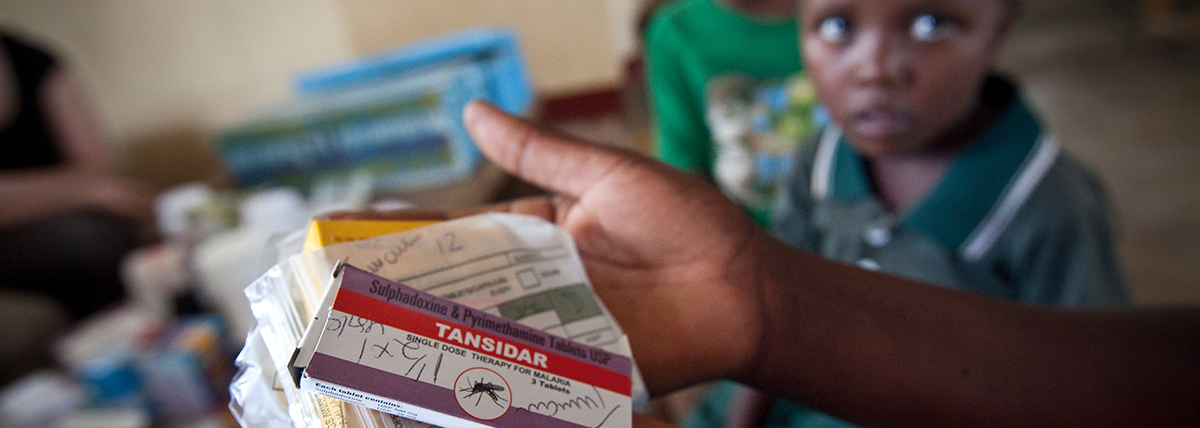+ 123 456 7890
Global SSFFC Malaria Medicine Resources

Analysing the quality and authenticity of ACT drugs
This project links to the results of quality medicine assessments of ACT samples in six countries: Cambodia, Ghana, Tanzania, Nigeria, Rwanda and Equatorial Guinea. This global malaria control project was completed by working closely with national health ministries.
The Global Pandemic of Falsified Medicines: Laboratory and Field Innovations and Policy Implications
American Journal of Tropical Medicine and Hygiene
This special supplement of the American Journal of Tropical Medicine and Hygiene features 17 articles on substandard and falsified medicines, ranging from technology for identifying falsified medicines, field innovations for defining the prevalence of poor quality medicines and policy implications for combatting the burden of substandard and falsified medicines.
Antimalarial Quality Surveyor
This online, open-access database allows users to obtain summaries of published reports of antimalarial medicine quality that span regions over time. This resource allows users to filter their studies according to medicine, report type, collection type, medicine source and quality classification. It is available in both French and English.
Medicines Quality Database (MQDB)
United States Pharmacopeial Convention
This resource is a searchable online database of the USP’s Medicines Quality Monitoring (MQM) activities. The MQDB allows users to generate customized reports with data on collection sites, sampling date, medicine information, types of tests performed and test results.
Medical Product Alert
This webpage contains an updated list of poor quality medicines that have been identified through WHO’s Rapid Alert System. It also contains a link to report any suspected SSFFC to the Rapid Alert System.
Media Reports on Medicine Quality: Focusing on USAID-Assisted Countries
United States Pharmacopeia, Promoting the Quality of Medicines program
This resource is a repository of publicly available information to raise awareness of substandard and falsified medicines. This resource was updated in June 2015.
ACTwatch Reports & Publications
This website contains all of the ACTwatch reports and publications, which feature findings on the availability of quality-assured antimalarial medicines in select countries. Health practitioners could use these studies when conducting formative research about antimalarial consumers and local markets.
Substandard, spurious, falsely-labeled, falsified and counterfeit (SSFFC) medical products: Fact Sheet
This fact sheet provides key facts about SSFFC medicine, including the scope of the global impact of the problem, as well as WHO Member State Mechanism and Surveillance and Monitoring System.
SSFFC – Frequently Asked Questions – Advice to Patients and Consumers
This slideshow of frequently asked questions provides guidance to medical products patients and consumers, including how to spot an SSFFC medical product, how to avoid SSFFC medical products and what to do with a suspected SSFFC medical product.
SSFFC – Frequently Asked Questions – Scale Scope and Harm
This slideshow provides answers to frequently asked questions about the size of the SSFFC medical product problem, the countries affected by the SSFFC medical products and the harm caused by SSFFC medical products.
Best Practices Resources
T3: Test. Treat. Track Initiative
This resource features key policy messages from WHO’s recommendations on diagnostic testing, treatment and surveillance of suspected malaria cases, which promotes that “every suspected malaria case should be tested, every confirmed case should be treated with quality-assured antimalarial medicine and the disease should be tracked through a timely and accurate surveillance system.” The initiative was launched on World Malaria Day 2012 and is designed around three core WHO documents: Universal Access to Malaria Diagnostic Testing: An Operational Manual (2011), Guidelines for Treatment of Malaria (2010) and Disease Surveillance for Malaria Control and Disease Surveillance for Malaria Elimination (2012).
Selection of Safe and Effective Antimalarial Medicines
This webpage provides links to the two recommended guidance documents on antimalarial medicine procurement, the WHO guidelines for treatment of malaria and the WHO model list of essential medicines. It also contains more information on the WHO Prequalification Program, as well as best practices for procurement.
Tool for Visual Inspection of Medicines
International Council on Nurses/U.S. Pharmacopeia
This checklist is designed to help health professionals carry out visual inspection of medicines for signs of counterfeiting, and includes indicators for improper packing, labeling or description of dosage.
Advocacy Resources
Be Aware: Helping to Fight Counterfeit Medicines, Keeping Patients Safer
The World Health Professionals Alliance
This toolkit is designed to educate and provide guidance about poor quality medicines to health professionals and patients. The kit includes an overview of the situation and suggestions for health professionals, a reporting form to report any suspected medicines, a visual inspection check list, an informational leaflet to share with health professionals, a patient informational leaflet and a poster that can be placed in waiting rooms.
Fake Medicines and Malaria
This infographic highlights some key facts about the global prevalence and impact of poor quality medicines, and also features case studies and recommendations for relevant stakeholders.

